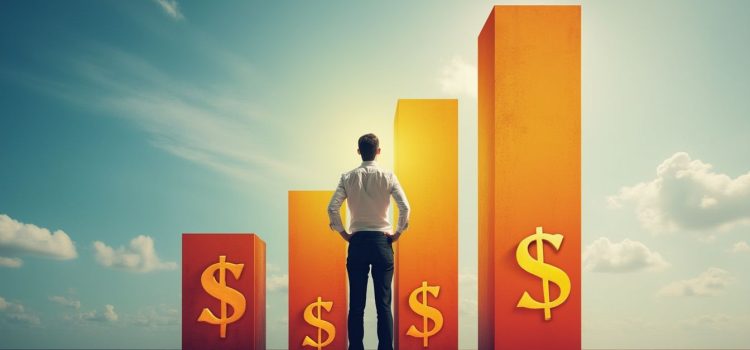How do billionaires affect society? Is it possible to reduce their influence? US billionaires’ wealth has been soaring, and they’re exerting unprecedented influence in politics and government. However, with their expanding wealth and visibility, billionaires are coming under more scrutiny. Below we’ll explore the power of billionaires and their mixed impact on the US economy and society.
The Power of Billionaires in the US: Their 3 Effects on Society










